Synth wars: The story of MIDI, the one interface that ruled them all
CV/Gate, DCB, USI, UMI and The Oberheim System… This is the story of how synth’s biggest players narrowly averted a standards war and made sweet music together
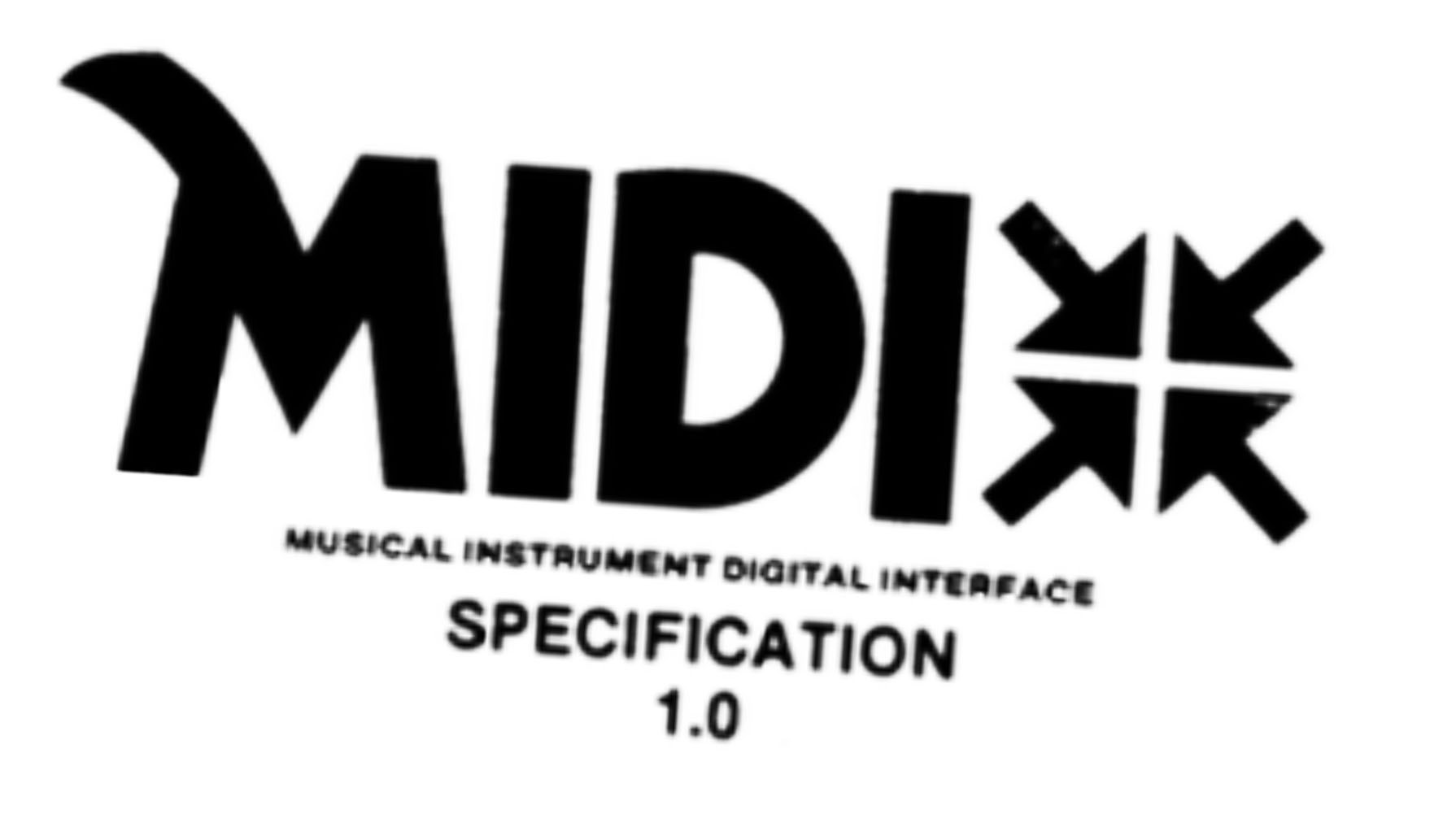
These days it’s almost impossible to imagine a world of hardware and software incompatibility in the music tech world.
Imagine a DAW or plugin that only runs on a certain make and model of computer. Or a synth that can only be sequenced via a specific costly box.
But that’s exactly the world of the early '80s, as synths began to escape the land of the rock dinosaur and become the non-musician’s weapon of choice.
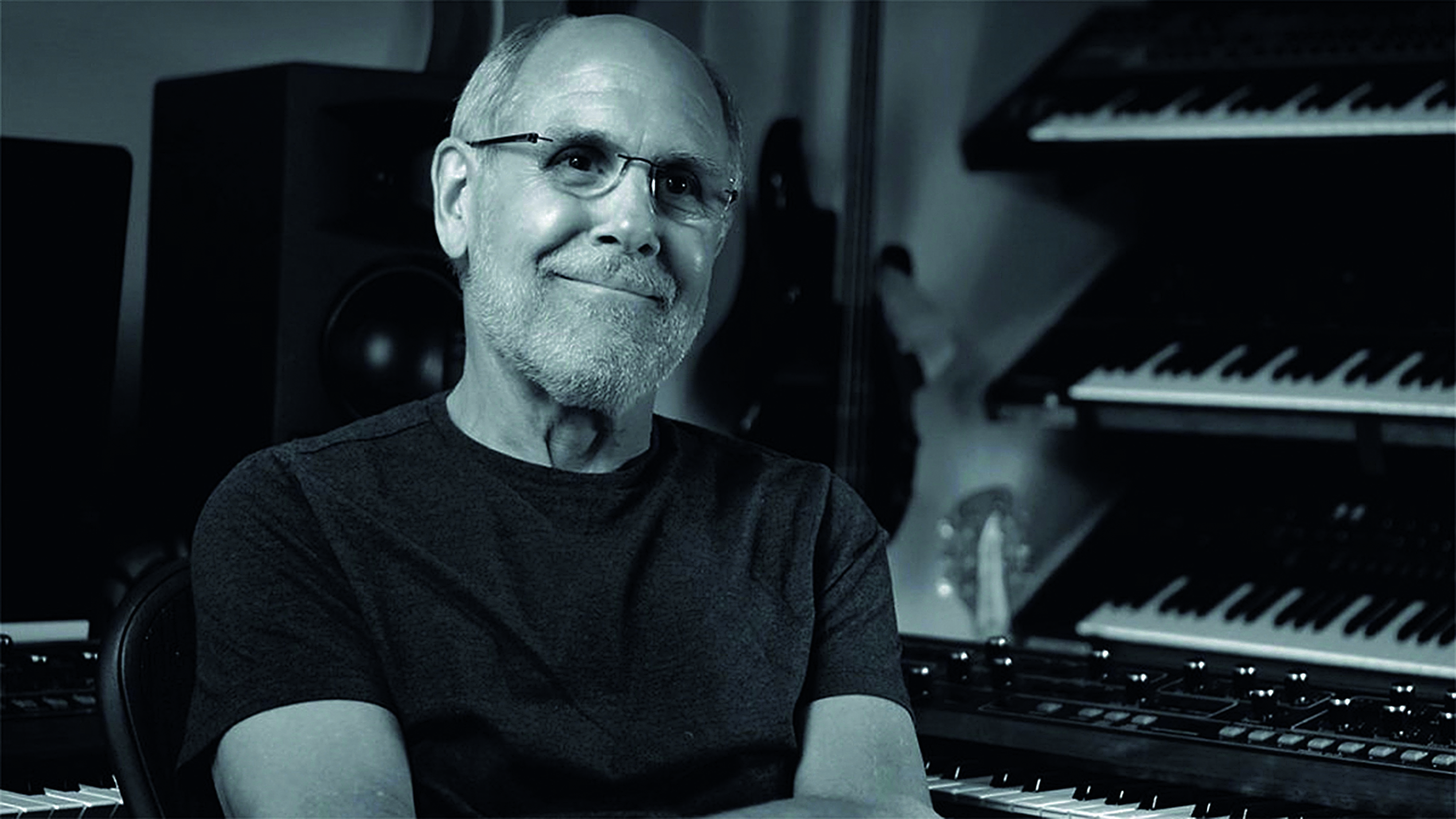
Dave Smith: synth prophet
‘Legend’ can be an overused term, but there can be no argument when applying this description to synth pioneer Dave Smith. Here we trace his influential career…
In the ‘60s, Moog had pioneered the creation of the synthesizer, and by the late '70s countless companies were racing to make the tech cheaper and not the size of a wardrobe. The likes of ARP, Obeheim and Sequential Circuits, not to mention new, ever more affordable synths from Japan by Roland, Korg and Yamaha…
Moog had coined the CV/Gate system for controlling its synths. CV/Gate sent a voltage to the Gate in order to open it (and allow the sound to escape) then cut the voltage to close it again.
Meanwhile, different voltages to the CV (control voltage) controlled the pitch. The higher the voltage, the higher the note. Their keyboard modules fired out CV/Gate to play their synths while their built-in sequencers skipped the need to play the thing and let the machine trigger itself.
Soon other synth makers realised that creating a synth ‘that played itself’ could be more than just a synth nerd’s novelty. Make no mistake. This was going to be big...
Soon other synth makers realised that creating a synth ‘that played itself’ could be more than just a synth nerd’s novelty. Creating a programmable sequencer could literally liberate music, freeing for the first time the act of composition from the ability to play an instrument. Make no mistake: this was going to be big.
Get the MusicRadar Newsletter
Want all the hottest music and gear news, reviews, deals, features and more, direct to your inbox? Sign up here.
The problem for all these upstart synth companies was that after all having the same idea at the same time, they all went about creating the utopian ‘synth that plays itself’ vision in different ways.
Moog’s CV/Gate system was a neat solution straight out of the blocks. It used a simple system where a single volt represented a single octave. So 1V would play C1 and 2V would play C2. With 12 levels of voltage between each whole volt for all the notes in between. Simple.
Early synths from Roland (System-100) and Sequential Circuits (Prophet-5) hijacked Moog’s standards and enjoyed a degree of compatibility as a result. However, even they required fine tuning and careful attenuation of the voltages to ensure flawless playback.
And even synths from the same manufacturer had their own foibles. Moog’s own Minimoog, for example, was a notoriously tricky beast to tame when used alongside its other gear, with voltages triggering C on one synth but an F on the Mini.
Meanwhile, in pursuit of ever lower costs, the likes of Korg and Yamaha pursued an easier-to-build and more workmanlike system where doubling the voltage doubled the octave. The extra power and more capacious steps resulted in less finickity playback, but incompatibility with other systems.
And with the world of CV/Gate becoming a nightmare of endless fine-tuning better suited to electronics engineers than musicians, each manufacturer sought to create the best, most reliable, most ‘tweakproof’ interface and claim victory over its rivals.
Roland went with its DCB (Digital Control Bus) system in 1981. It featured on its Juno-60 and later models of the Jupiter-8. This proprietary system aced the competition by offering control of the amplifier and filter in addition to simple note values. And if you wanted to run a drum machine alongside, no problem - Roland had invented an interface for that, too. DIN-Sync used a 5-pin DIN cable (popular on Japanese hi-fi components) so your MC-4 Microcomposer could run alongside your TR-808 drum machine.
Oberheim, meanwhile, went with its (super-impressive for the time) 37-pin D-Sub connector, creating ‘The Oberheim System’. This enabled users to connect their DX or DMX drum machine and up to eight OBX, OBXa or OB-8 synths together and sequence the lot from their DSX sequencer (capable of running eight different parts and storing 6000 notes).
Sequential Circuits, Moog and Korg gazed on enviously, still stuck with CV/Gate with their Model 800, Moog 960 and Korg SQ-10 sequencers respectively. But ultimately, they all realised that the writing was on the wall for CV/Gate as tricks such as the ability to send patch changes and record knob movements alongside notes would soon leave them all for dead.
Despite creating DCB and - at least for now - besting his rivals, Ikutaro Kakehachi, President of Roland, had even bigger ideas. Conventional wisdom up to this point had been that by creating your own standards you could lock your audience in; if they loved your synth then they’d HAVE to buy your sequencer and drum machine to use with it, too.
In reality, while there were some musicians willing to part with thousands for a complete, matching, one-manufacturer ‘system’, the majority of users simply stayed away from everything, fearful of investing in the wrong box as '80s innovations piled on by the month.
Kakehachi realised that, if liberated from purchase anxiety, musicians could buy what they wanted (and lots more of it), safe in the knowledge their studio would ‘just work’ for years to come. So, he reached out to Tom Oberheim (of Oberheim) to discuss how they might collectively avoid the impending standards war that would see them all innovating their way to oblivion.
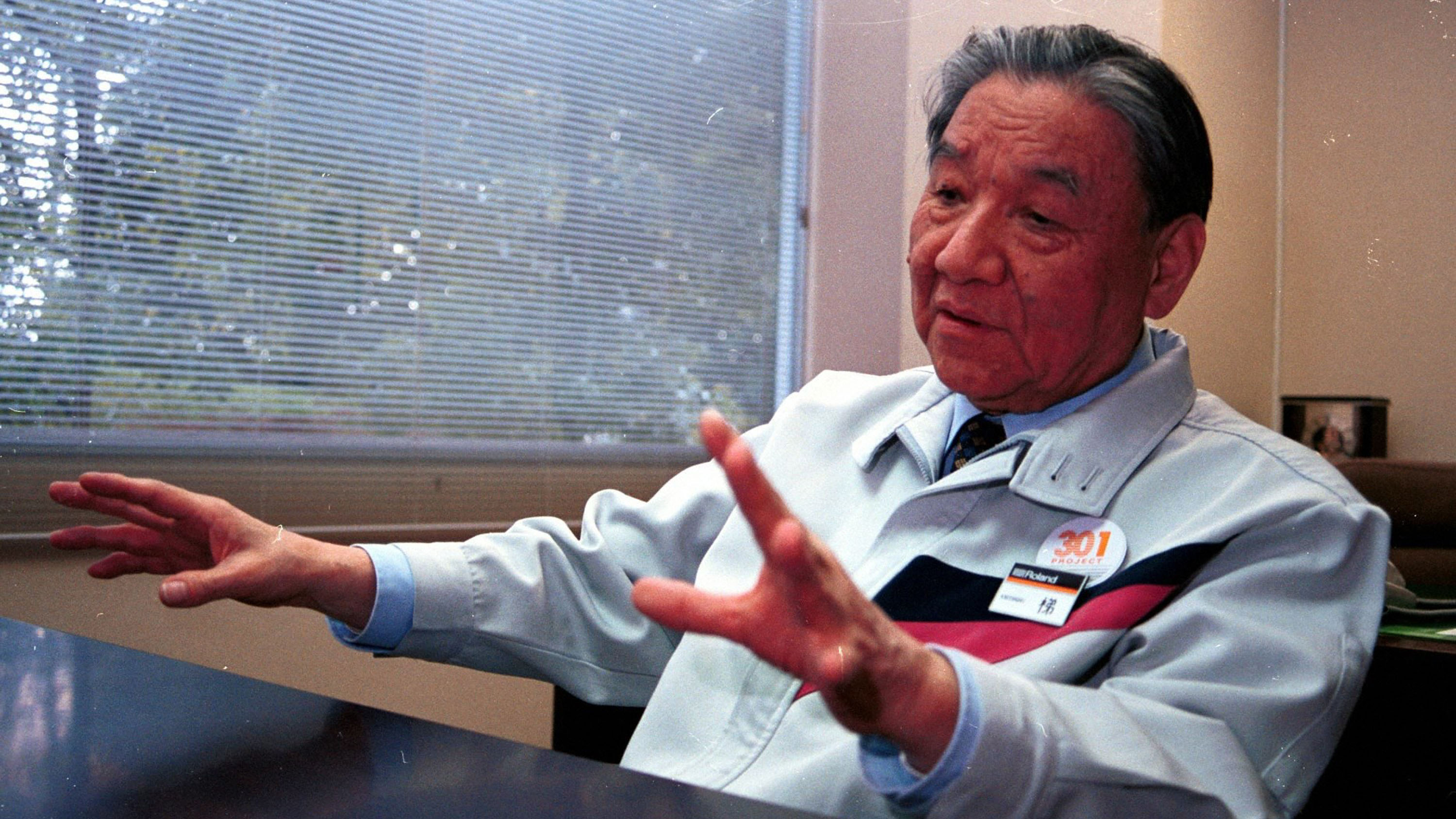
While Oberheim was very happy with its System, which had found favour with a number of serious (read: minted) pros, he suggested that Kakehachi get in touch with Dave Smith of Sequential Circuits, as Smith was already working on a plan.
Smith had imagined a world where all gear used the same data format – just as they all used the same power cables and jack plugs.
As the founder and lead designer of 1977’s Prophet 5 - the world’s first digitally programmable polyphonic synth - Smith had created a legend. A superb-sounding analogue synth with instant, digital storage and recall of patches, it naturally sold by the thousand and put his company on the map.
What’s more, its successor the Prophet 10 (essentially two Prophet 5’s with a double keyboard) featured a built-in digital sequencer that recorded the state of every key of its two, five-octave keyboards every few microseconds and was able to play back performances. Smith made the tech public in the hope that other companies would adopt the standard and make sequencers for his Prophet synths, thereby expanding their appeal.
Unfortunately, the system was too data-intensive and failed to take off. Instead, Smith had started work on a simpler system that, rather than report on every key every few microseconds, would simply record just the note on and offs.
With Oberheim’s introduction, Smith finally had an ally in Kakehachi. Now all they had to do was get the entire synth industry to agree with them.
Smith had christened his system the Universal Synthesizer Interface, and at the Gakki Music Fair in October 1981 he, with Ikutaro Kakehachi’s introduction, revealed it to representatives from Yamaha and Korg. It was well received, but its problems were obvious. Korg noted that the use of jack plugs to transmit the required signals would cause noise in the system. Plus, there were no provisions for synchronising sequencers to drum machines or a way for one machine to start and stop another.
Yamaha suggested adding a grounding pin to cure the noise problem, while Roland chipped in a way to control tempo and send start and stop messages. Soon, after mutually agreeing what USI was lacking, a new standard began to take shape, and while the Japanese contingent began working with the name UMI (Universal Musical Interface - pronounced You-Me) Smith countered with Musical Instrument Digital Interface (similarly pronouncable as MIDI) to better convey its on-trend all-digital nature.
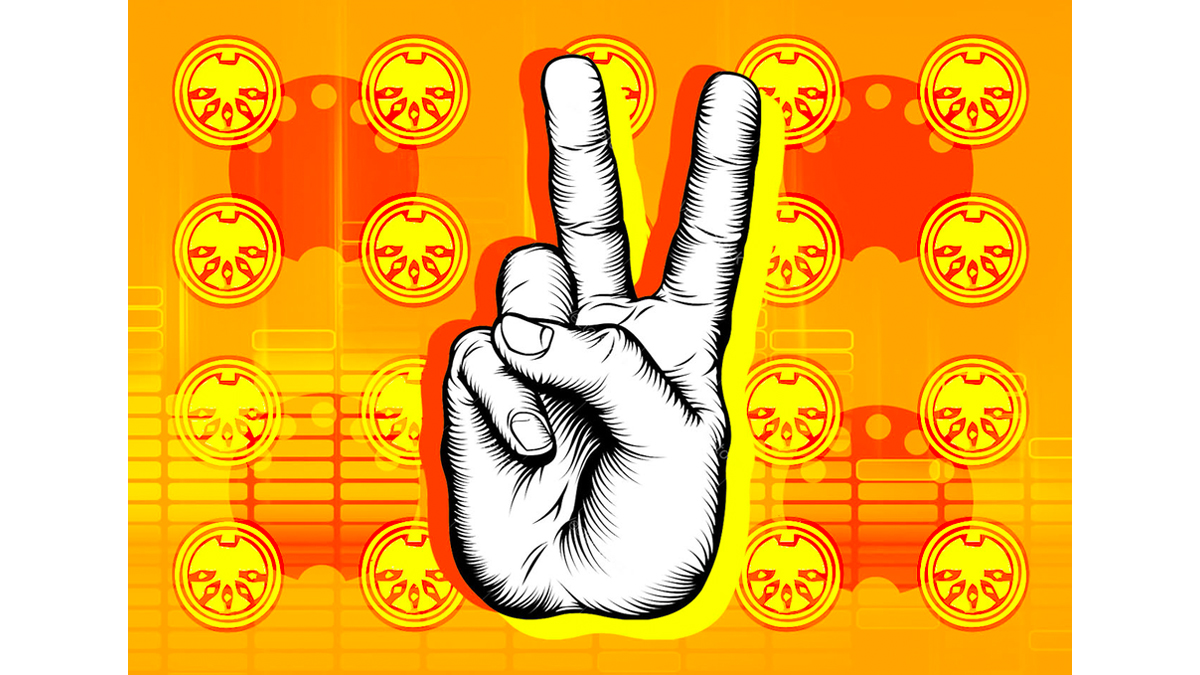
Looking for some light reading? 350 pages of new MIDI 2.0 specs have just been published
Within a couple of months, Smith had incorporated his partners’ ideas and suggested a broader discussion with the great and the good in the synth world at the annual NAMM show in the States in January 1982. Every synth maker would be in town - Moog, ARP, Yamaha, Roland, Korg, Voyetra, Syntauri, Octave Plateau - and Smith found a willing audience, if only to find out what hot new machine Sequential Circuits had up its sleeve next.
At the meeting Smith outlined his proposal. Instead of all developing and building different sequencing standards, all with ever-dwindling sales, why didn’t they all agree on one format and all reap the benefits for years to come?
MIDI would be a digital system with a resolution of 128 values (enough detail to cover off any parameter setting) being broadcast over 16 channels (because who had more than 16 synths?) that featured a ‘running status’ that could start and stop other devices and run everything in sync. And everything could be sent down the grounded, noiseless 5-pin DIN cable already in use by Roland as its DIN Sync, and a popular, cheap hi-fi connector.
The meeting did not go well... many of the big players had already begun work on far more complex systems allowing much finer control
But the meeting did not go well. While the general consensus was that digital was the way to go, Smith's utopian vision - devised to be as user-friendly and as fast-a-fix as possible - was derided for its simplicity. The lack of resolution and limited number of channels in Smith’s new interface impressed no-one.
Many of the big players had already begun work on far more complex systems allowing much finer control. Some manufacturers demanded an unlimited number of synths. Some required that audio be digitally passed from one device to another. Some even debated the logic of allowing users to buy another brand’s synths at all. With the debate going precisely nowhere, the audience disbanded.
But Smith's dialogue with Roland and Yamaha continued. By now most of the hard work had already been done at Sequential’s offices in San Francisco with documents dispatched to Japan for approval. And the rest of the industry? What did it matter? Smith knew that if the giants of Sequential, Yamaha and Roland created a standard the rest of the world’s synth makers would come begging not to be left out.
Thus, through 1982 work continued. Remarkably, the three parties never traded hardware, visited each other or performed any kind of tests. Instead the three company’s engineers agreed on the specs then set about implementing them into their next synths.
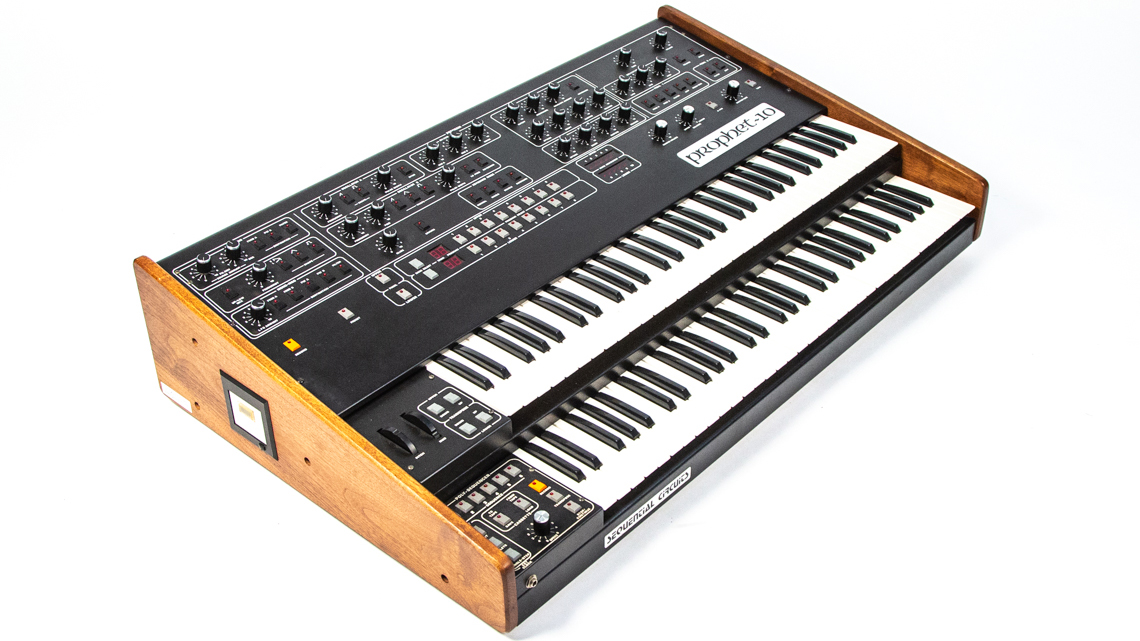
For Sequential Circuits that synth was the Prophet-600. This six-voice (up from five) sequel to the Prophet-5 cut costs with more digital chips but ultimately failed to impress with its harsher sound. Nevertheless, just as Smith dreamed, it was the first ever synth to sport MIDI ports on its release in December 1982.
Roland’s first MIDI synth was the Jupiter-6. While the step from Jupiter-4 to Jupiter 8 had been a big one, doubling the polyphony and the VCOs (up from one per voice to two), the move to Jupiter-6 was a gap-plugging exercise. The costly Jupiter-8 had been undercut by Roland's own Juno-6, 60 and 106, leaving a hole just big enough for a ‘baby 8’ with six-note polyphony.
It's worth noting that, possibly due to a lack of faith in MIDI taking off, the ‘6 skipped the standard’s MIDI Thru port as - keen to keep costs down - Roland's engineers couldn’t envisage an edge case where someone would ever own more than two MIDI devices...
Meanwhile, Yamaha's first step into MIDI was the DX7, the groundbreaking, all-digital FM synth that went on to leave its analogue contemporaries in the dust throughout the '80s. Controlling digital innards with analogue CV/Gate would have been a costly interfacing nut to crack, so when the concept of MIDI arrived as the project neared completion, it was a godsend.
There were problems, however. A rush to complete the DX7’s design meant the deprioritisation of ‘non-key features’, and so early DX7s have no way to alter the MIDI channel that the DX7 broadcasts on. It’s MIDI channel 1 or nothing, making it less than ideal as a controller keyboard.
And, with the MIDI spec coming late in the day, it turned out that the chosen keybed wasn’t up to the job of accurately producing MIDI’s 127 different levels of velocity. Typically, DX7s send in the range of 16 to 116. If you’re lucky.
And while the synth giants were enjoying a new era of collaboration, Smith didn’t want to reveal too many of his plans for the future. Smith was certain that the future lay in multitimbral synths - synths able to play more than one sound at once - and thus built a ‘Mono Mode’ into MIDI for one synth to run multiple sounds.
However, rather than flag it up as such, and tip off his rivals to the arrival of his upcoming MultiTrak synth, Smith sneaked it into the specs, leading Yamaha to interpret ‘Mono Mode’ as a switch to make the entire synth monophonic.
Perhaps most tellingly, MIDI was such a late addition to the DX7 that its minimal (and already designed) control panel features zero mention of it. To adjust the DX7’s receive channel (which, mercifully IS editable) users had to access it as a hidden feature revealed by pressing Function/Space then Button 8 (labeled Feedback)…
It’s therefore a bit of a minor miracle that when MIDI was revealed to the world, on the Sequential Circuits stand at the NAMM show in January 1983 (precisely one year since Smith’s proposal got the brush off), that the system worked at all.
John Bowen, the head of sound design at Sequential recounts that he had of course tested the Prophet-600 plugged into another Prophet-600, but had no access to the yet-to-be-revealed Jupiter-6. And, by making its tight 1982 shipping date, the Prophet-600 had shipped even before the DX7 was announced.
Nevertheless, when Roland’s Kakehachi brought over the new Jupiter-6 (revealed for the first time at the show) and plugged it into Sequential’s Prophet 600 the two worked together flawlessly for the gathered press. The fact that you could play on one synth and trigger the sounds of another was remarkable - a genuine first that made music paper news internationally.
But perhaps Smith and Kakehachi’s greatest creation was in agreeing to make MIDI an open standard. There are no fees involved in producing MIDI gear. The spec is freely available and the newly formed, non-profit International MIDI Association set about spreading the word.
Within a year, as Smith predicted, practically every manufacturer was on board, and even if you don't even own a 5-pin DIN cable, MIDI’s standards and protocol are likely still churning away in your studio behind the scenes, empowering creators and ensuring compatibility between every piece of music hardware and software.
Daniel Griffiths is a veteran journalist who has worked on some of the biggest entertainment, tech and home brands in the world. He's interviewed countless big names, and covered countless new releases in the fields of music, videogames, movies, tech, gadgets, home improvement, self build, interiors and garden design. He’s the ex-Editor of Future Music and ex-Group Editor-in-Chief of Electronic Musician, Guitarist, Guitar World, Computer Music and more. He renovates property and writes for MusicRadar.com.
“Excels at unique modulated timbres, atonal drones and microtonal sequences that reinvent themselves each time you dare to touch the synth”: Soma Laboratories Lyra-4 review
e-instruments’ Slower is the laidback software instrument that could put your music on the fast track to success
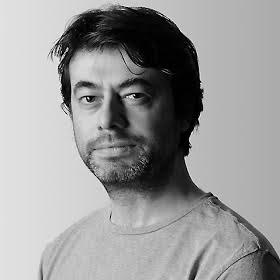



![PRS Archon Classic and Mark Tremonti MT 15 v2: the newly redesigned tube amps offer a host of new features and tones, with the Alter Bridge guitarist's new lunchbox head [right] featuring the Overdrive channel from his MT 100 head, and there's a half-power switch, too.](https://cdn.mos.cms.futurecdn.net/FD37q5pRLCQDhCpT8y94Zi.jpg)





